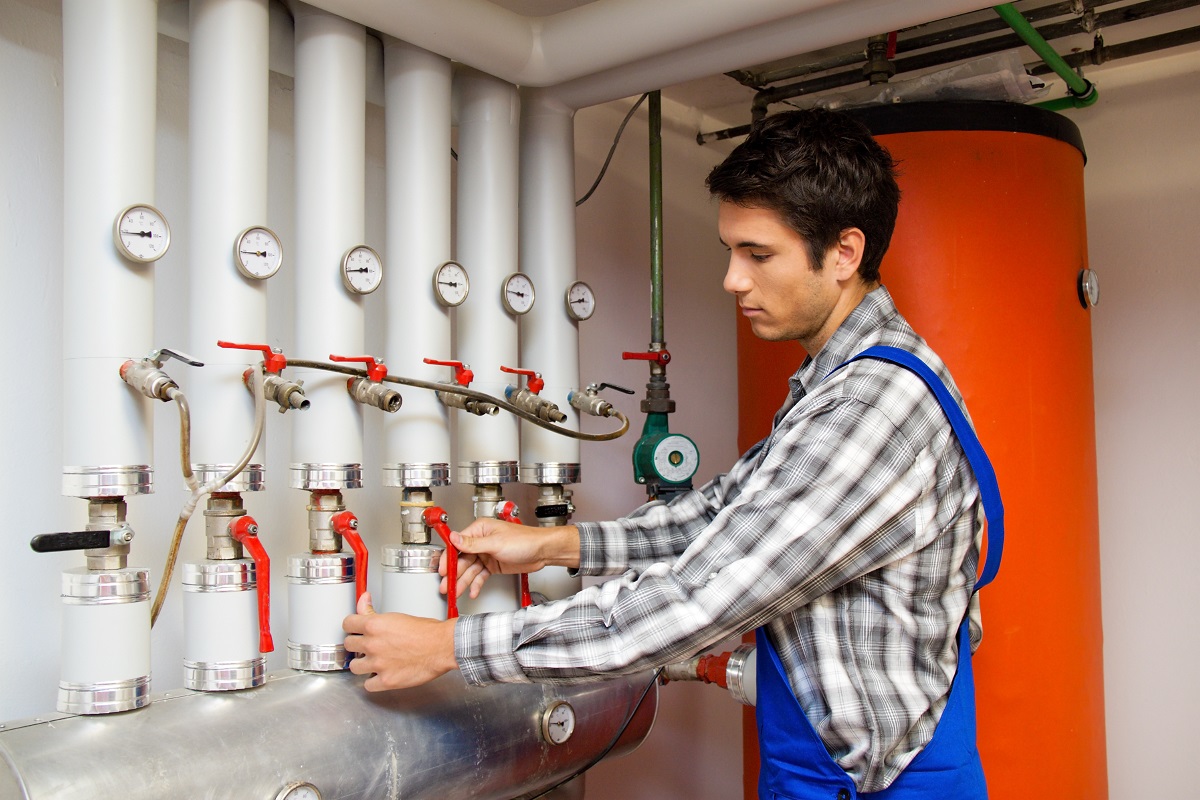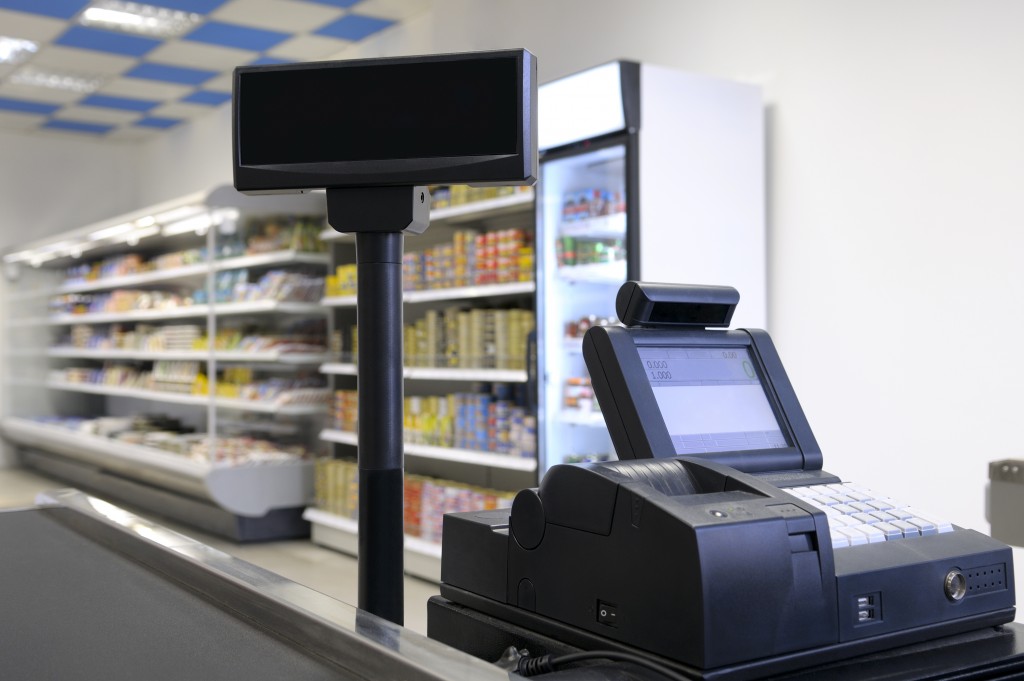- Wear protective clothing to stay warm and dry during winter construction work.
- To avoid slipping and falling, it’s recommended to put in anti-slip surfaces and traction mats.
- Make sure there are enough heating sources available on the work site.
- It is advisable to frequently check and record the temperature and humidity levels in the surroundings.
Construction workers face various risks while on the job, but winter can bring hazards. From slippery surfaces to extremely cold temperatures, construction sites in the winter months require extra attention and safety protocols. With careful planning and implementation of appropriate safety guidelines, employers can help keep their construction crews safe even when faced with harsh winter conditions.
Use Protective Clothing

When it comes to the safety of construction workers, wearing the appropriate protective clothing is crucial. Protective clothing refers to items like helmets, gloves, safety glasses, and footwear. In many cases, it can also mean donning garments that keep the wearer warm and dry. Such clothing is essential during winter when inclement weather can create hazardous working conditions.
For construction workers in cold environments, investing in high-quality Gore-Tex jackets can significantly improve their overall safety at the job site. These jackets are designed to be waterproof while still being breathable enough to prevent overheating. Ensuring all workers are properly outfitted in protective clothing is a worthwhile investment. When it comes to their safety and well-being, there is no room for shortcuts.
Implement Safety Winter Protocols
Implementing safety winter protocols is critical to keeping employees safe. Here are some tips on how to do that:
Install Anti-Slip Surfaces and Traction Mats
Installing anti-slip surfaces and traction mats is crucial in ensuring safety at construction sites. These surfaces provide grip and prevent slips and falls, which can be disastrous in a work environment. Construction workers are constantly on the move and are exposed to many hazards. When winter weather sets in, it only compounds the risks on the job site.
Installing these surfaces and mats before the winter season can assure workers’ safety and prevent costly downtime due to accidents. As an expert, it is recommended that all necessary precautions be taken to protect the well-being of those performing outdoor work to minimize the potential risks of injury.
Provide Adequate Heating Sources

Providing adequate heating sources is crucial for ensuring the safety of construction workers during the winter season. Construction sites can be particularly hazardous environments, especially during cold weather conditions.
Exposure to low temperatures for prolonged periods can lead to various illnesses and injuries, including hypothermia, frostbite, and respiratory issues. Ensuring appropriate heating sources are available and functioning correctly, construction workers can carry out their work safely and comfortably.
Site managers and contractors are responsible for ensuring that their workers have access to adequate heating sources, such as portable heaters, radiant heaters, and forced-air heaters, along with appropriate climate control.
By prioritizing the safety and well-being of their workforce in this way, construction companies can help to mitigate the risks associated with cold weather and ensure that their operations run smoothly throughout the winter months.
Regularly Monitor Temperature and Humidity Levels
Regularly monitoring temperature and humidity levels is crucial for ensuring the safety of construction workers. By doing so, employers can identify potential hazards and address them before they become a serious threat to the health and well-being of their employees.
Temperature and humidity fluctuations can pose a significant risk to workers, especially during extreme weather conditions, such as prolonged cold snaps. Therefore, monitoring the conditions regularly can help to mitigate these risks and ensure that the work environment remains safe and healthy for everyone involved.
As an expert in the field, it is apparent that investing in temperature and humidity monitoring equipment is essential for keeping construction sites safe and secure, particularly during the winter months.
Inspect Equipment for Proper Winterization
Proper equipment inspection is crucial to ensuring safety in winter construction work. This process thoroughly examines all construction machinery and tools to ensure they have been adequately winterized, including equipment covers, antifreeze levels in cooling systems, and fuel stabilizers.
Not only does this reduce the risk of breakdowns and potential accidents at job sites, but it also helps maintain the machinery’s lifespan. No matter the winter conditions, construction workers must be confident in their tools and equipment to work effectively and safely.
By following a winterization checklist and taking a proactive approach to equipment maintenance, construction crews can avoid costly delays and keep their job sites running smoothly throughout winter.
Store Materials Inside When Possible
Properly storing materials inside during construction season is crucial for ensuring worker safety. By carefully storing equipment, tools, and materials in a safe location, construction workers can avoid serious accidents when these items are left exposed to the elements.
This practice is particularly important during the colder months when harsh weather can make work conditions more dangerous than usual. By storing materials inside whenever possible, construction managers can help reduce the risk of accidents on the job and keep their workers safe and healthy throughout the construction season.
These are just a few safety protocols employers and construction sites should implement to ensure worker safety during winter. Companies can minimize the risk of accidents and protect their workers by implementing appropriate safety measures.

